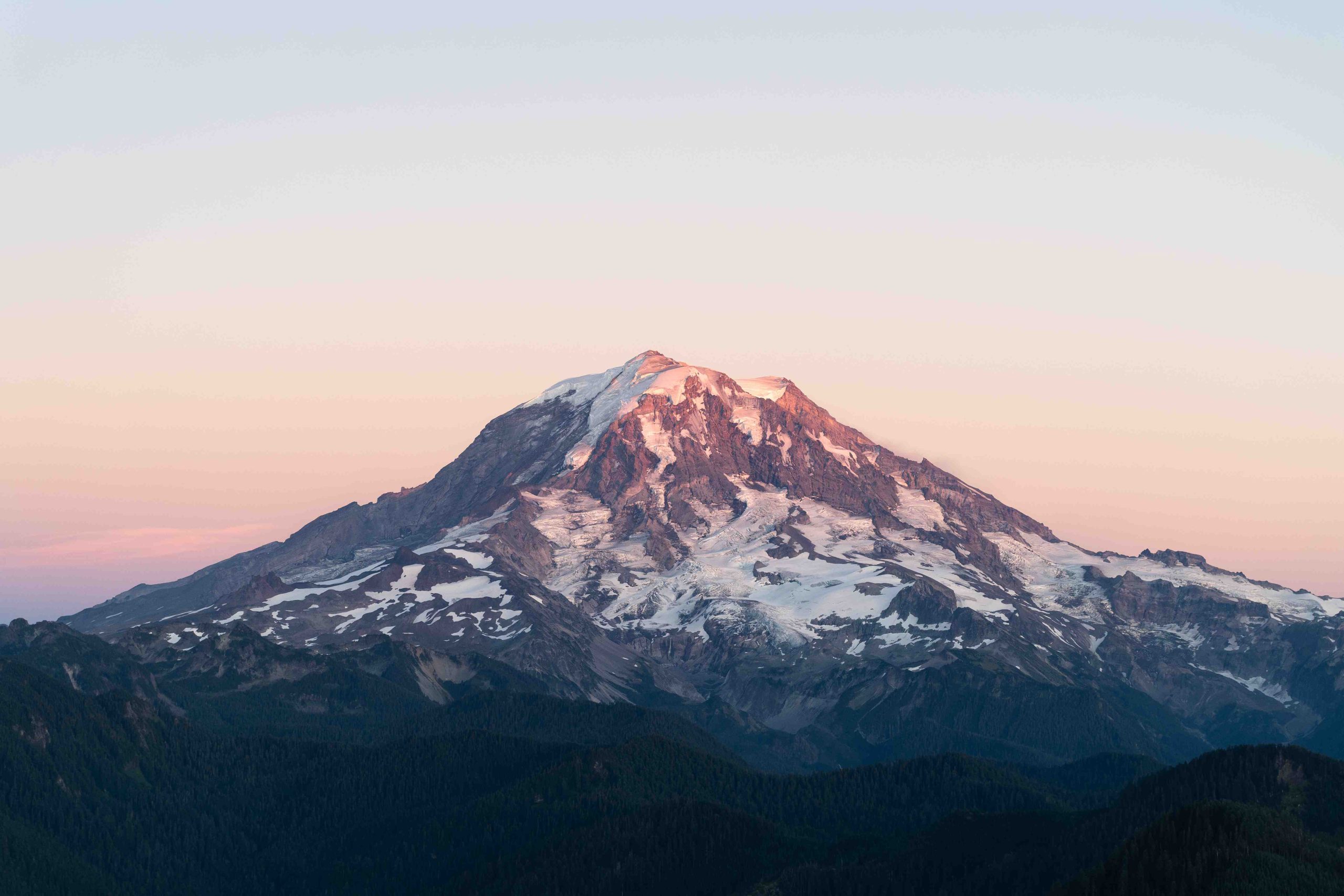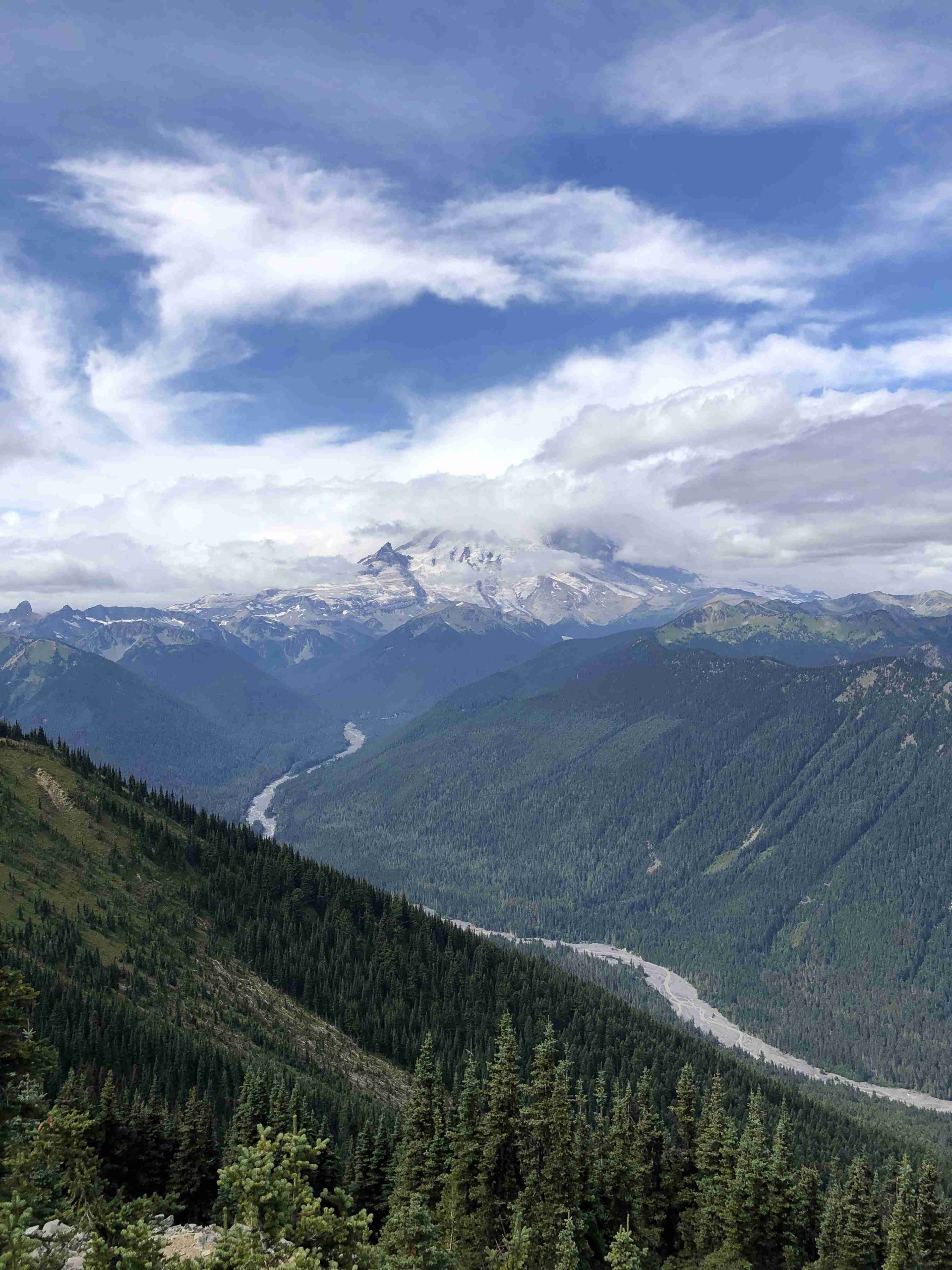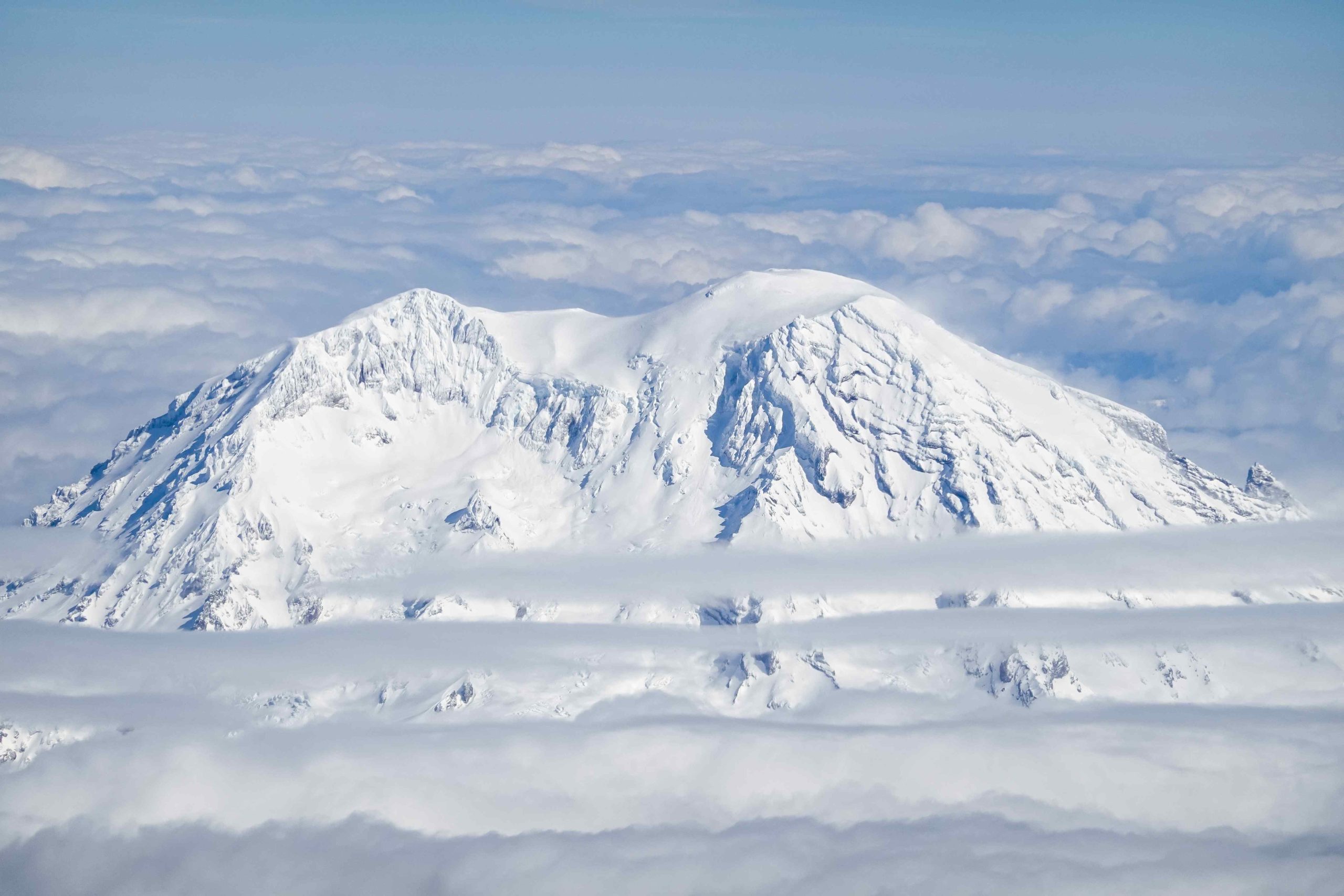The valley between Mount Rainier and Seattle is a diverse landscape encompassing lush forests, winding rivers, and picturesque towns. This region offers a unique blend of natural beauty and outdoor recreation opportunities, stretching from the bustling city of Seattle to the majestic slopes of Mount Rainier. Visitors can explore numerous hiking trails, scenic drives, and charming communities that dot this expansive area, making it a popular destination for both locals and tourists seeking to experience the best of the Pacific Northwest.
The valley between Mount Rainier and Seattle is characterized by its varied topography and rich ecosystems. This region includes:
- Foothills of the Cascade Range
- River valleys of the Green, White, and Puyallup Rivers
- Fertile agricultural lands
- Dense evergreen forests
- Numerous lakes and streams
What Are the Major Towns in This Valley?

Several significant towns and cities are located in the valley between Mount Rainier and Seattle:
- Enumclaw
- Buckley
- Orting
- Puyallup
- Sumner
- Auburn
These communities serve as gateways to Mount Rainier National Park and offer various amenities for visitors and residents alike.
How Can You Experience the Natural Beauty of This Valley?

Hiking Trails
The valley offers numerous hiking opportunities, ranging from easy nature walks to challenging mountain treks. Some popular trails include:
- Foothills Trail: A paved multi-use trail that follows the Carbon and Puyallup Rivers
- Mud Mountain Dam Recreation Area: Offers several hiking trails with scenic views
- Federation Forest State Park: Features interpretive trails through old-growth forest
Scenic Drives
Exploring the valley by car allows you to cover more ground and enjoy diverse landscapes. Consider these scenic routes:
- Chinook Scenic Byway (Highway 410): Winds through the Cascade foothills to Mount Rainier
- Carbon River Road: Leads to the northwest corner of Mount Rainier National Park
- State Route 165: Offers views of Mount Rainier and access to the Carbon Glacier area
What Wildlife Can Be Observed in the Valley?
The valley between Mount Rainier and Seattle is home to diverse wildlife. Visitors may encounter:
| Species | Habitat | Best Time to Observe |
|---|---|---|
| Black-tailed deer | Forests and meadows | Dawn and dusk |
| Elk | Open grasslands and forest edges | Early morning and late evening |
| Black bears | Forested areas | Spring and fall |
| Bald eagles | Near rivers and lakes | Year-round |
| Salmon | Rivers during spawning season | Late summer to fall |
What Are the Best Camping Options in the Valley?
For those looking to immerse themselves in nature, the valley offers various camping opportunities:
- Federation Forest State Park: Offers basic campsites in an old-growth forest setting
- Mud Mountain Dam Recreation Area: Provides group campsites with scenic views
- Private campgrounds: Several options available near towns like Enumclaw and Orting
How Does the Valley’s Agriculture Contribute to the Region?
The valley between Mount Rainier and Seattle is known for its fertile soil and agricultural production. Key aspects include:
- Dairy farms: Particularly prominent in the Enumclaw plateau area
- Berry farms: Strawberries, raspberries, and blueberries are common crops
- Pumpkin patches and corn mazes: Popular autumn attractions
- Farmers markets: Many towns host weekly markets featuring local produce
What Are the Best Ways to Experience Local Culture in the Valley?
To fully appreciate the valley’s culture and history, consider:
- Visiting local museums:
- Enumclaw History Museum
- Puyallup Historical Society at Meeker Mansion
- Attending community events:
- Daffodil Festival Parade (spring)
- Washington State Fair in Puyallup (fall)
- Exploring historic downtown areas:
- Enumclaw
- Sumner
- Puyallup
How Does the Valley’s Geography Affect Its Climate?
The valley’s location between the Puget Sound and the Cascade Mountains creates a unique microclimate:
- Rain shadow effect: Mount Rainier blocks some precipitation, resulting in slightly drier conditions than Seattle
- Temperature variations: Cooler temperatures closer to the mountain, milder near Puget Sound
- Fog: Common in river valleys during autumn and winter mornings
What Are the Best Viewpoints to See Both Mount Rainier and Seattle?
While it’s challenging to see both Mount Rainier and Seattle from a single viewpoint within the valley, there are locations that offer impressive views of each:
- For Mount Rainier views:
- Mud Mountain Dam Viewpoint
- Enumclaw Plateau scenic drive
- For Seattle skyline views:
- West Valley Highway near Auburn
- Certain hilltops in Federal Way
How Has the Valley’s Landscape Changed Over Time?
The valley between Mount Rainier and Seattle has undergone significant changes:
- Glacial formation: Shaped by glaciers during the last ice age
- Native American presence: Home to several tribes before European settlement
- Logging industry: Extensive logging in the late 19th and early 20th centuries
- Agricultural development: Conversion of forested areas to farmland
- Urban expansion: Growth of suburban areas closer to Seattle
By exploring the valley between Mount Rainier and Seattle, visitors can experience a diverse landscape that showcases the natural beauty and cultural heritage of the Pacific Northwest. From hiking trails and scenic drives to charming towns and agricultural attractions, this region offers something for everyone, making it a must-visit destination for those exploring Washington State.

